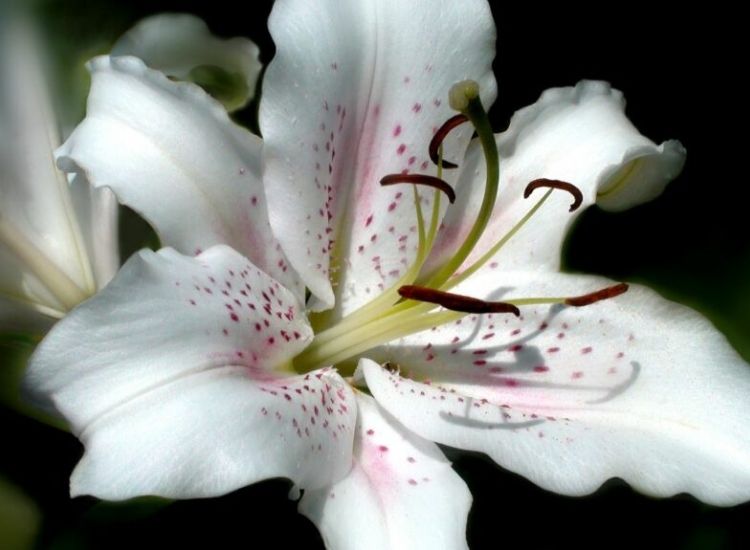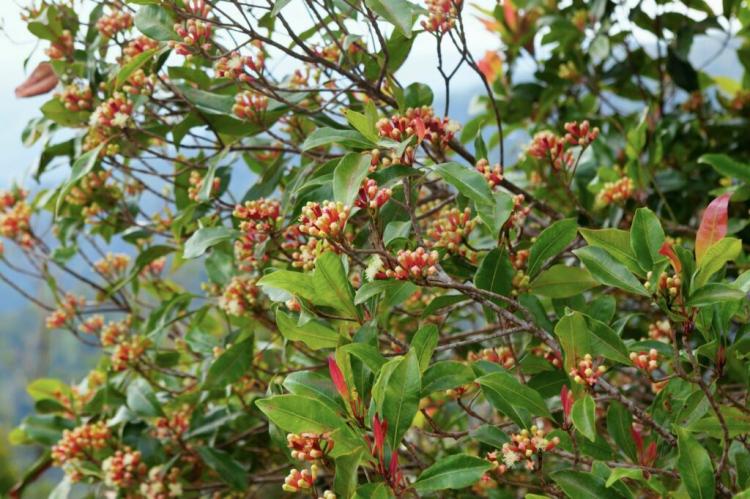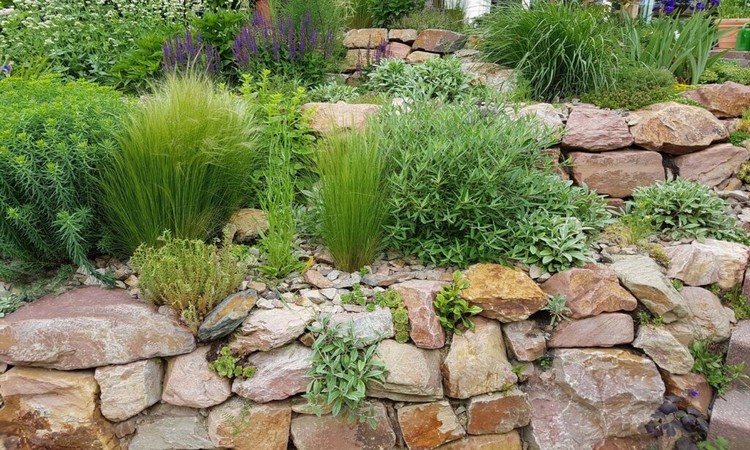Evening Primrose: Planting, Caring For The Beautiful Flower
The common evening primrose with its beautiful flowers causes a stir in the garden. We reveal what you have to consider when planting and caring for, and introduce various possible uses.
In the evening, when dusk falls, the common evening primrose ( Oenothera biennis ) shines its shine. Only then do the bright yellow flowers bloom and give the darkness a new sheen. But don’t worry, the next morning you will see the blooms even in the light.
Evening primrose: origin and characteristics
Table of Contents
Even if the common evening primrose seems to belong entirely to the native flora, it is an immigrant. It was not until the 17th century that the perennial was brought to Europe from North America as an ornamental plant. But it did not stick to borders and garden fences and quickly conquered Europe outside the flower beds. Other representatives of the genus of evening primrose ( Oenothera ) did the same or were created by crossing and soon numerous evening primrose species enriched the European flora.
The common evening primrose is by no means inconspicuous. Towering as it is usually, it reaches heights between 80 and 180 centimeters. And it doesn’t look any different underground because its fleshy taproot can get as deep as the plant is tall. In the first year, however, the biennial plant is quite inconspicuous. Their long, lanceolate leaves are initially arranged in a rosette on the ground. Only in the coming year does the main shoot sprout, at the tip of which a long inflorescence appears from June. Gradually, from bottom to top, the bright yellow and sweet-smelling flowers bloom. They attract numerous species of hawkers (families of butterflies): Particularly worth seeing is the pigeon tail ( Macroglossum stellatarum ), which may almost look like a small hummingbird.
The most beautiful types of evening primrose
The common evening primrose is basically just one of many. Together with around 200 other species, it belongs to the genus of evening primrose. About 30 species are common in Europe. The common evening primrose is probably the best known among them and is usually referred to as the evening primrose par excellence. But there are a few more interesting representatives of the evening primrose genus:
- Red goblet evening primrose ( Oenothera glazioviana ): This species is widespread and can reach a height of 2 m. Its flowers are slightly larger than those of the rest of the evening primrose. The main difference, however, lies in the redbuds and the red stippled stem of the plant.
- Shrubby or red-stemmed evening primrose ( Oenothera fruticosa / Oenothera tetragona ): Although the flowers of this type of evening primrose shine in the typical evening primrose yellow, the growth of the shrubby evening primrose is not straight and upright, branched. The flower stalks reach heights of up to 70 cm.
- Pink carpet evening primrose or white evening primrose ( Oenothera speciosa ): The appearance of the pink evening primrose is completely different. Their growth is not upright, but cushion-forming. Their maximum size is therefore also reached with 30 cm. The flowers go from whitish to pink. Unfortunately, this species has a strong urge to spread.
- Upholstered evening primrose or Missouri evening primrose ( Oenothera macrocarpa ): This species does not grow taller than 30 cm and is perfect for planting in rock gardens. There it forms a dense carpet of flowers with its large yellow flowers.
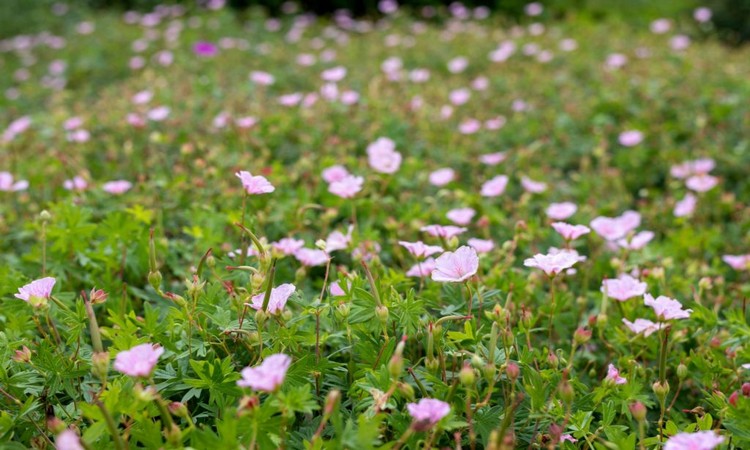
Planting evening primrose
You can purchase evening primrose either as young plants or in the form of seeds. You can plant potted plants from spring to summer. The plants are hardy, but should not be exposed to freezing frost as they were probably grown in a greenhouse.
The perfect location for evening primrose
The evening primrose may be incredibly diverse, but all of the species found here somehow prefer the same thing. Outside of gardens and plantations, wild evening primrose can mainly be found where other plants have a hard time. They colonize gravel banks, railway embankments, and fallow land as well as old quarries. Because evening primrose loves sandy and nutrient-poor soil, ideally there is also some lime in it. And with all this, the sun cannot be missing. The plant can still cope with partial shade. However, it is important that the location dries out in winter and is not damp.
This is how you plant evening primrose properly
You can put your evening primrose in a bucket as well as outdoors. If you plant several specimens, you should make sure that there is a sufficient planting distance of about 30 centimeters for large species such as the common evening primrose. This keeps the stock well ventilated and mushrooms don’t stand a chance.
Since evening primrose has deep roots, you should definitely use a deep planter when planting in pots. The substrate in it should consist to a large extent of sand. For example, you can mix normal garden soil with 30 to 50 percent sand.
- Choose a deep planter
- For substrate, mix garden soil with at least 30% sand
- Observe the planting distance in the field
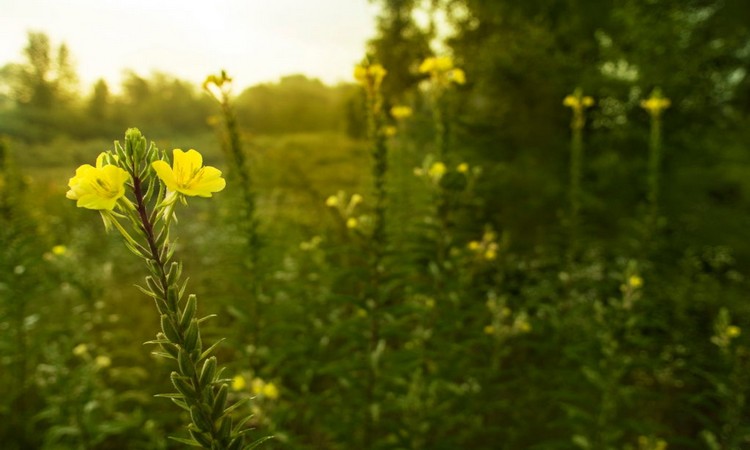
Maintaining evening primrose: this must be taken into account
Evening primrose is extremely resilient. It was not for nothing that they made the European wilderness their own so quickly. In any case, the undemanding plants do not need fertilizer. And you can largely save yourself watering because even prolonged drought does not affect the plant. Only with the shrubby evening primrose is it worthwhile to lend a hand, because a strong pruning in autumn or towards the end of winter stimulates an early flowering.
Propagating evening primrose: tips for sowing and co
Evening primrose produces an incredible number of extremely small seeds. So if you don’t want to suddenly find the fertile plant all over the garden, you shouldn’t throw the cut-off inflorescences on the compost.
But sowing evening primrose is very easy. If you want the plant to only thrive as an annual, it is advisable to sow it early towards the end of April or the beginning of May. Evening primrose sown in July or August, on the other hand, will not bloom until the following year.
When sowing, you should keep in mind that evening primrose germinates light. Therefore, do not cover the seeds or cover them with very little soil. The first seedlings will appear after about 12 to 16 days.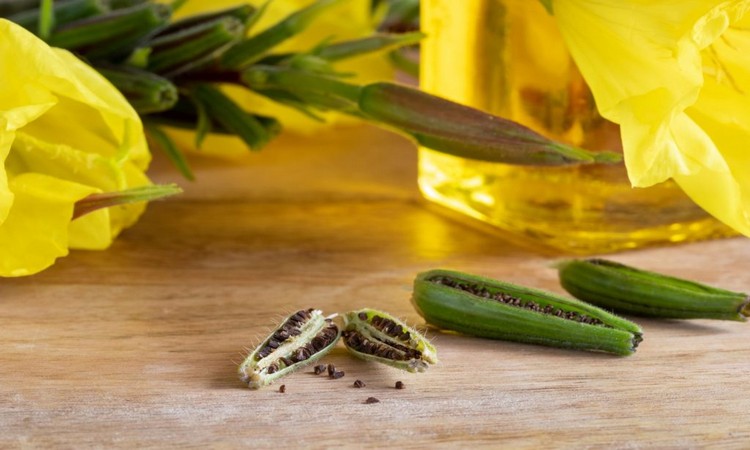
Once the plant is established and allowed to mature, it will reliably seed and ensure fresh offspring.
Propagation of evening primrose: the main points in brief:
- Evening primrose produce numerous seeds
- Sow in April / May or July / August
- Light germs
You might so like: The Top 10 Air-Purifying Plants
Are evening primrose poisonous?
Evening primrose is by no means poisonous. On the contrary: the most varied parts of the common evening primrose can even be consumed as vegetables. There are also numerous applications from naturopathy.
You might so like: 10 The Most Beautiful Flowering Succulents Species
Use of evening primrose
Evening candles are not only eye-catching splashes of color and beautiful components in your own perennial bed, they also attract numerous moths and bumblebees. For this reason, the evening primrose is an excellent pasture for butterflies.
The common evening primrose, however, not only offers the colorful insects pleasure. You too can perceive the plant with all your senses. The fleshy taproot, for example, can be harvested in autumn and made into delicious root vegetables. In spring, however, the fresh leaves are ideal for salads and spinach. The highlight in summer is the edible, bright yellow flowers, which can decorate salads and dishes and look enchanting in homemade ice cubes.
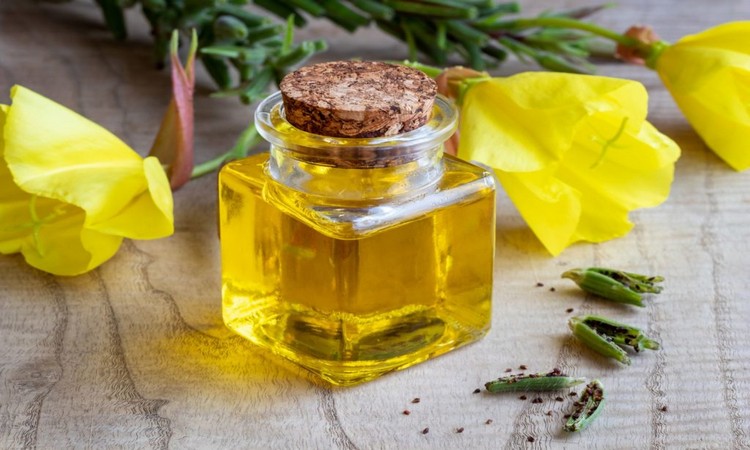
But not only that, because the oil from evening primrose seeds has a calming and anti-inflammatory effect on irritated skin. Dandruff, dry skin, and even neurodermatitis can all be relieved in this way. Excellent natural cosmetics can be made from the oil of the evening primrose.
The tea made from dried leaves, on the other hand, can counteract stomach and digestive problems. Even any mood swings, aggressiveness, and other signs that many women feel before their menstrual period should be counteracted by evening primrose preparations.


